Hard to make profit
Currently, most of the cassava raw materials brought to processing factories in the province are mainly imported from Cambodia. Although the raw materials in the province are available, they are not large. It is expected that in about 2 months, farmers in the province will start harvesting.
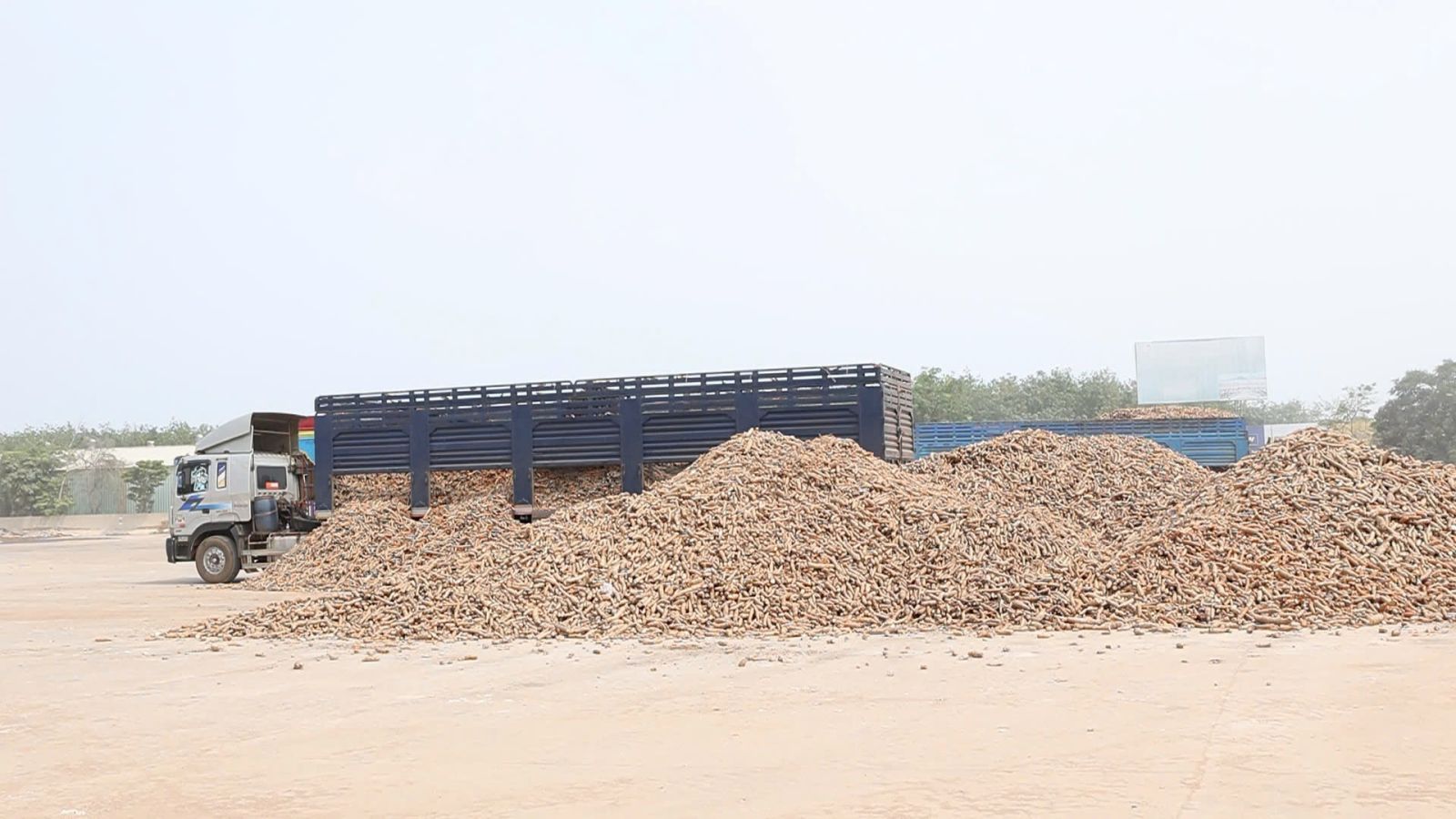
At Xa Mat International Border Gate, Tan Bien District, many trucks carrying cassava and dried cassava slices are rushing to warehouses with thousands of tons every day. Cassava buyers share that cassava prices have never been as low as they are now.
The price of fresh cassava is purchased by factories from 1,900 VND/kg to 2,000 VND/kg for cassava with 30 points, the fewer points the cassava has, the lower the purchase price. The current price of dried cassava slices is about 3,600 VND/kg. Every year, the price of fresh cassava fluctuates around 3,000 VND/kg, but this year the price has plummeted. If this price continues, cassava farmers will have difficulty making a profit after harvesting.
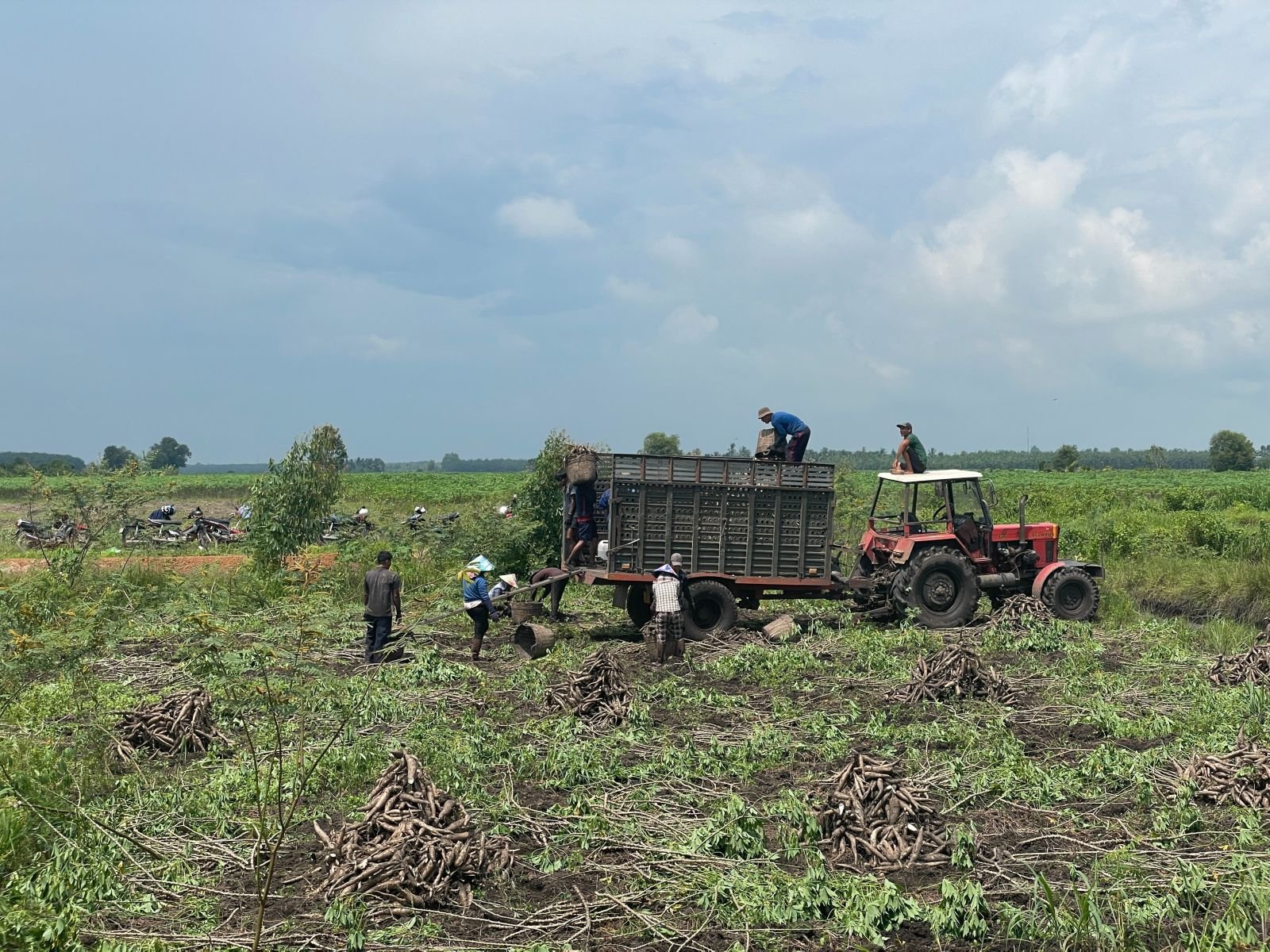
A cassava farmer in Phuoc Ninh commune, Duong Minh Chau district shared that with the current cassava price, if farmers do not rent land, they can still break even, but if they rent land, they will definitely lose money. Not only are those who rent land to grow cassava worried, but traders who buy young cassava (newly planted cassava) are also in the same situation.
A cassava starch processing business owner in Duong Minh Chau district said that with the current low prices, land renters can only afford to pay for maintenance costs, and they also lose money on land rent, while traders who buy young cassava are also losing money. The business owner hopes that in the next few months, cassava prices will increase so that farmers can avoid losses this crop.
Need to diversify export markets
According to Mr. Nguyen Dinh Xuan - Director of the Department of Agriculture and Environment, there are many reasons for the fall in cassava prices in the past 10 years, the main reason being that China has reduced its imports of cassava slices. Currently, the price of corn is low, and processing factories in China have increased the use of corn instead of cassava slices, leading to a sharp decrease in demand for cassava slices.
In the first 8 months of 2024, China imported 1.89 million tons of cassava chips, down 60% compared to the same period in 2023. Due to the impact of economic downturn and production shift, China's economic slowdown and the trend of shifting factories to ASEAN countries have reduced the demand for cassava imports from Vietnam.
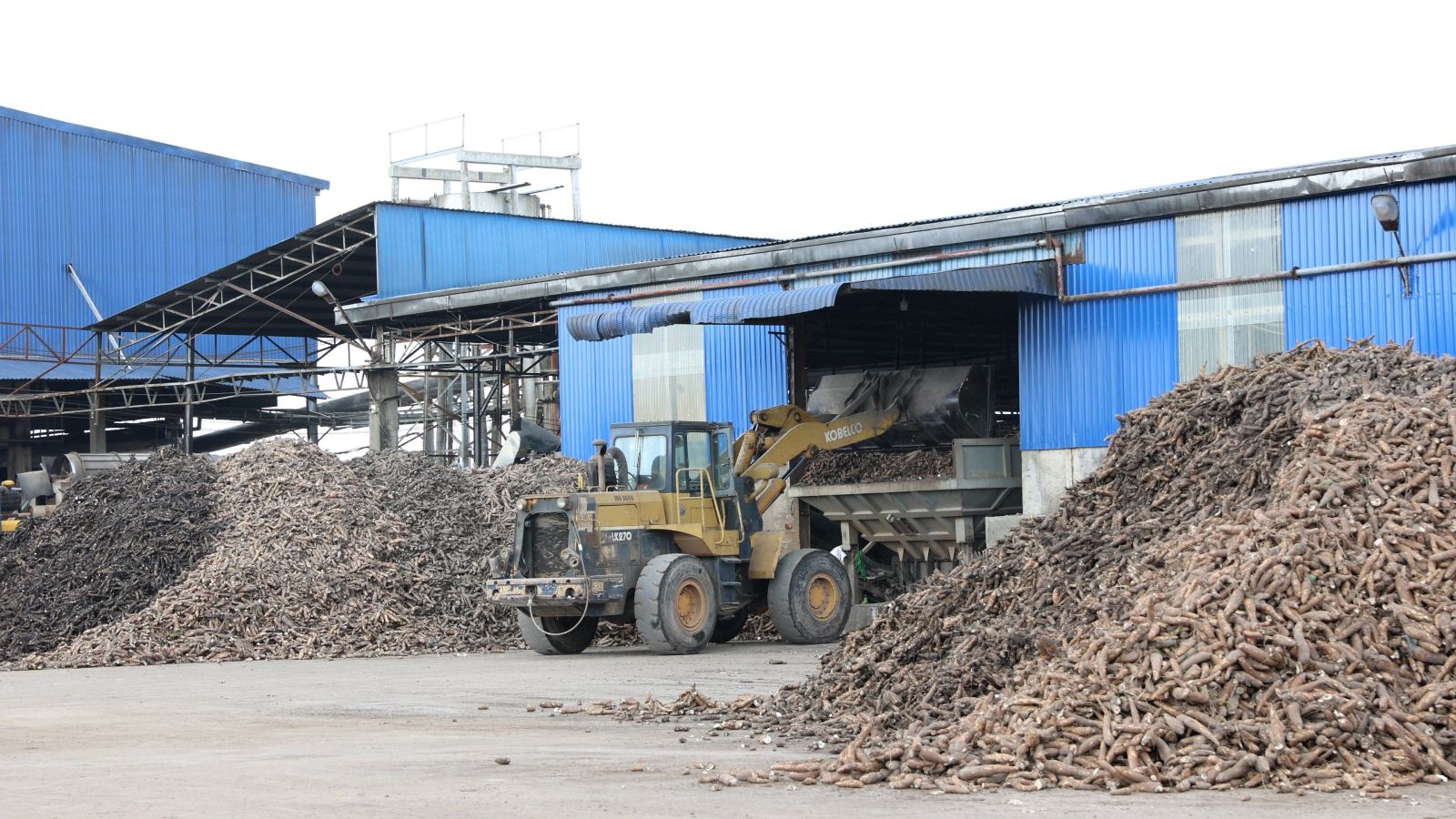
Faced with the current situation of low cassava prices, Mr. Nguyen Dinh Xuan recommended solutions for cassava growers, including diversifying export markets, reducing dependence on the Chinese market by seeking and expanding to other markets, taking advantage of tariff incentives from free trade agreements; linking value chains such as strengthening links between farmers and processing enterprises to ensure stable output, increase product value and minimize price risks.
In addition, it is possible to consider switching to other crops with higher economic value or suitable for current market demand to minimize financial risks.
Farmers apply sustainable farming techniques such as using cassava varieties resistant to mosaic disease, applying high-tech intensive farming methods and selecting varieties with good disease resistance to improve productivity and product quality.
In addition, the application of technical advances in farming, such as intercropping with legumes, using slow-release fertilizers and increasing the use of organic fertilizers, can help reduce production costs and increase economic efficiency. Farmers need to closely monitor market developments and coordinate closely with relevant agencies to make appropriate production and consumption decisions in the current context.
Tan Hung
Source: https://baotayninh.vn/gia-khoai-mi-tut-day--a187753.html










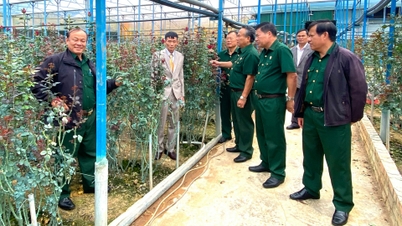


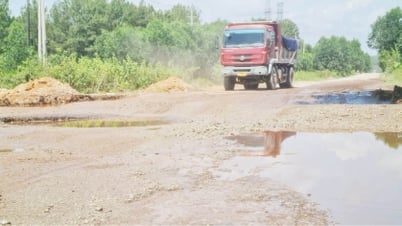

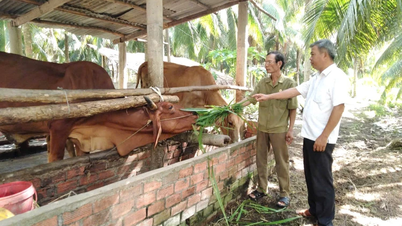

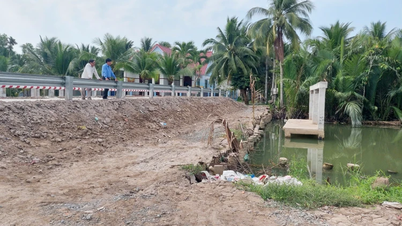





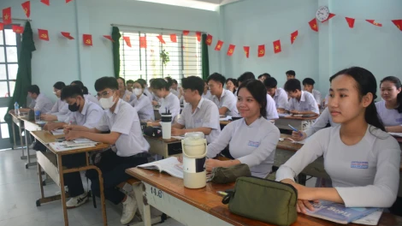



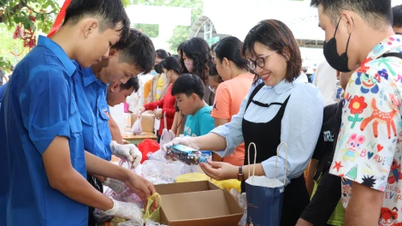































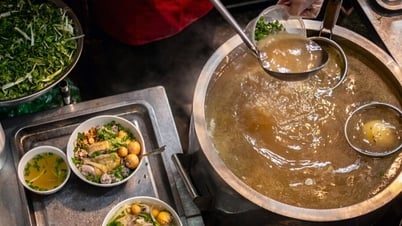














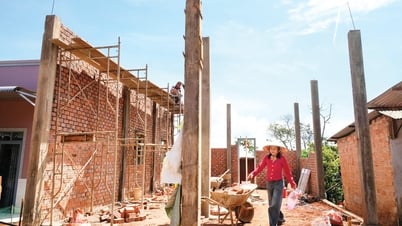
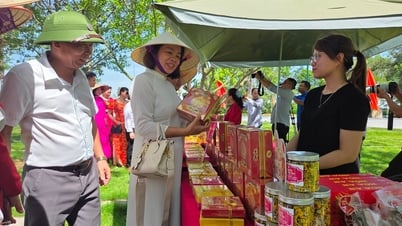









![[OCOP REVIEW] Tu Duyen Syrup - The essence of herbs from the mountains and forests of Nhu Thanh](https://vphoto.vietnam.vn/thumb/402x226/vietnam/resource/IMAGE/2025/6/5/58ca32fce4ec44039e444fbfae7e75ec)







Comment (0)